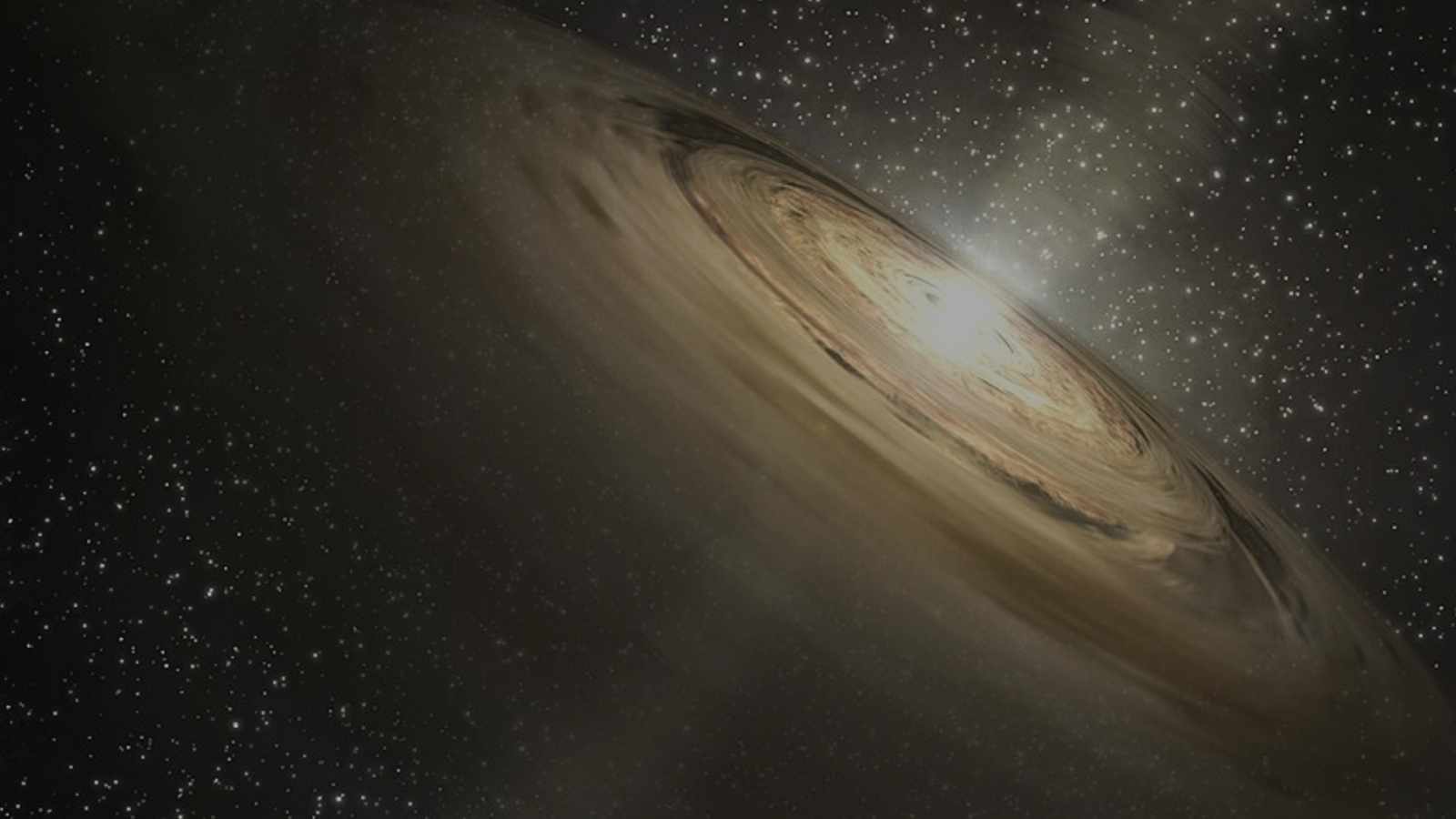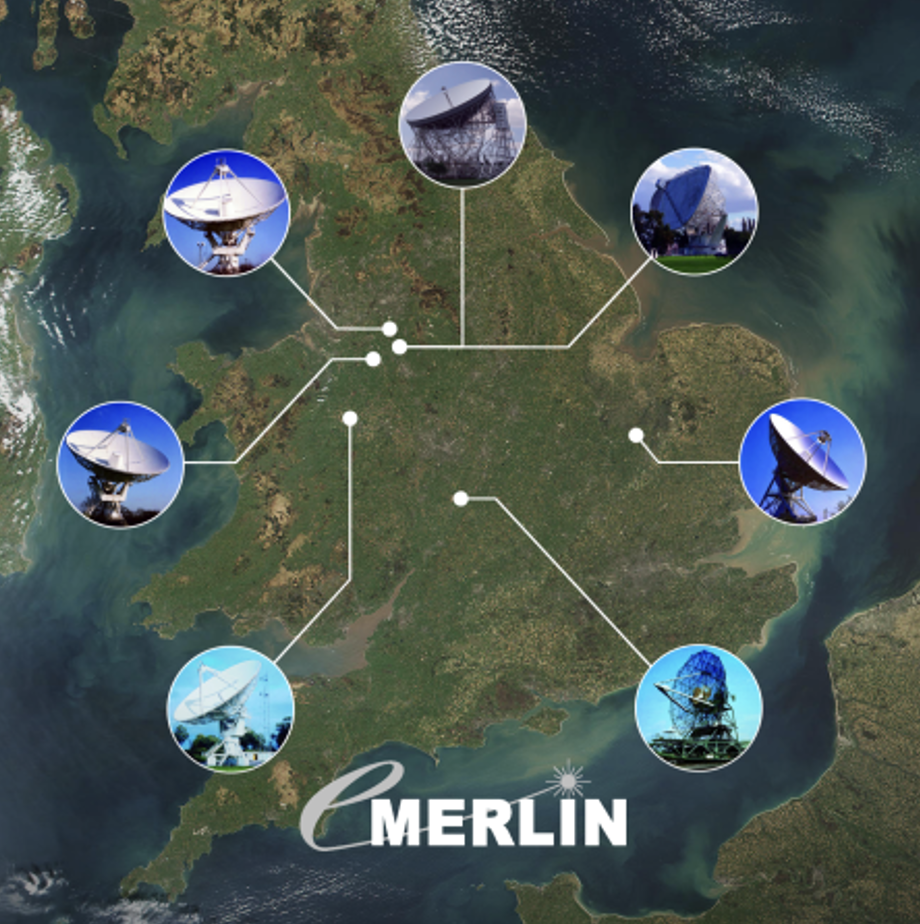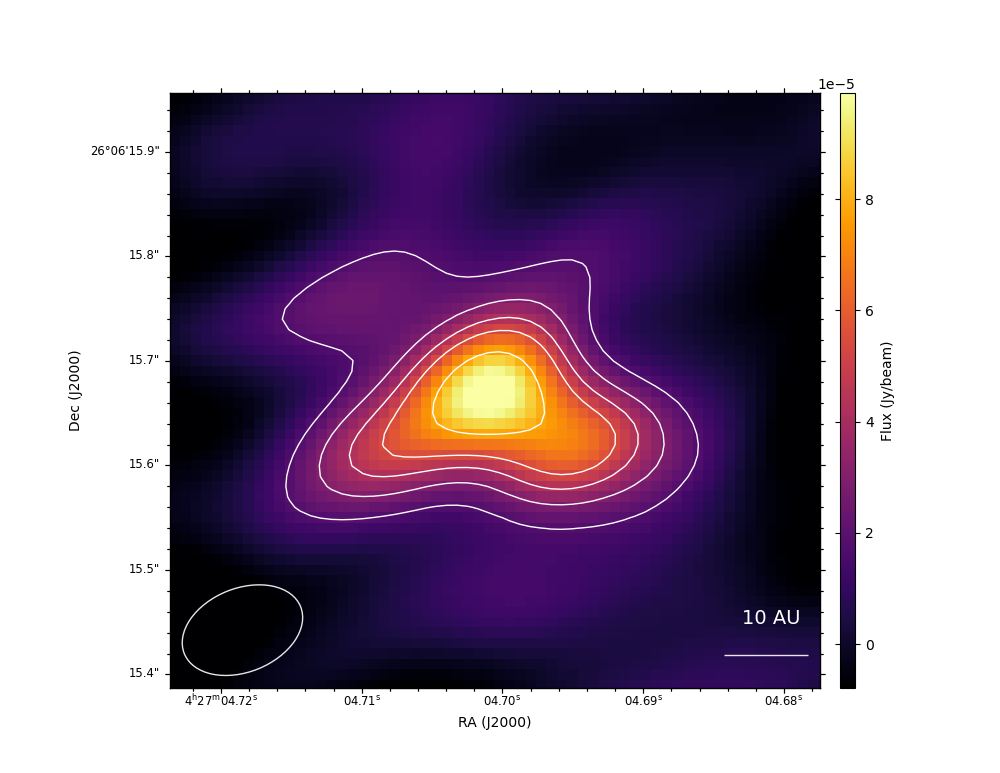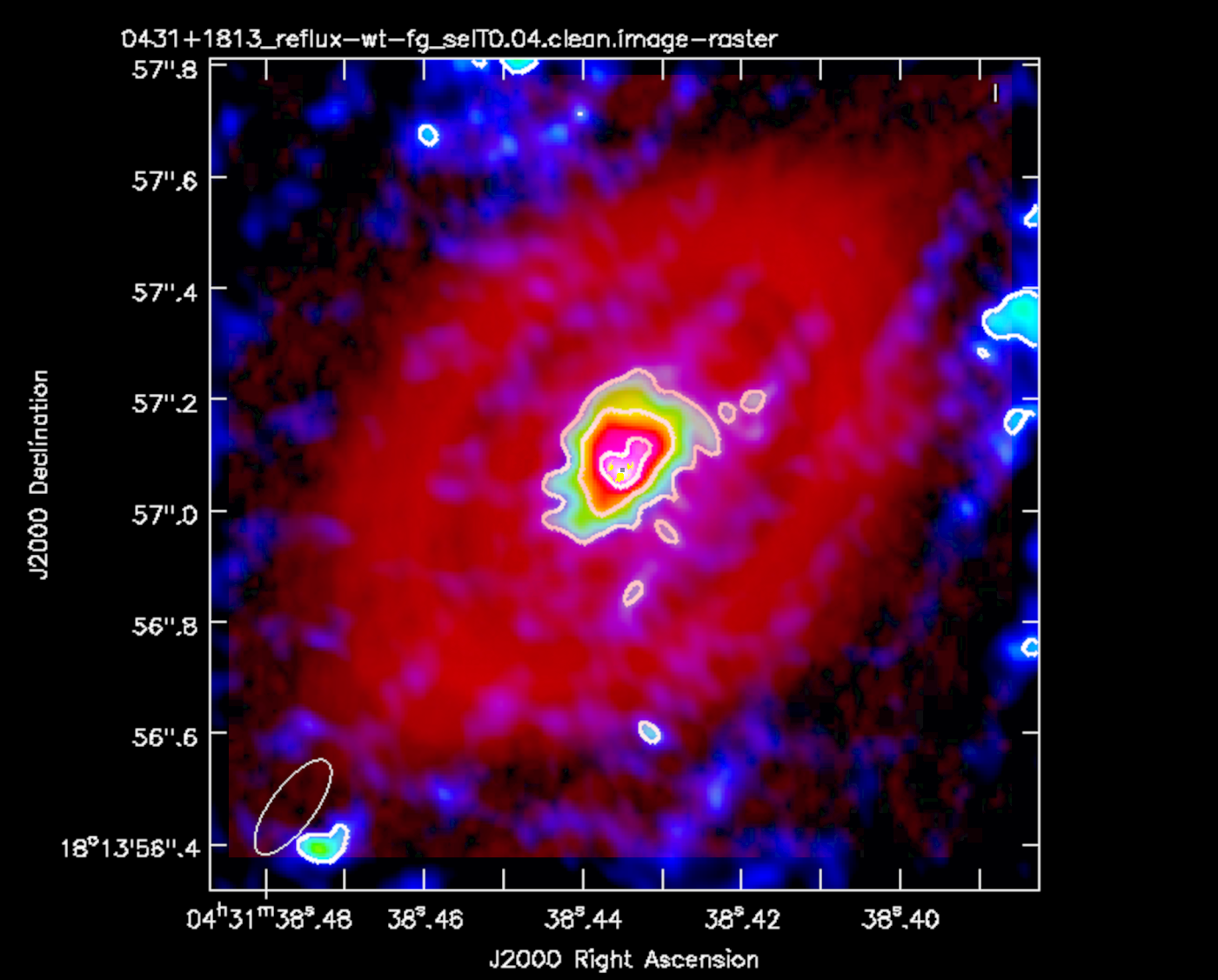'Pebble' beaches around young stars join together to form planets
The huge clouds of pebbles rapidly accrete to form the rocky cores of gas giants like Jupiter.

A key method of forming planets finally has observational evidence, thanks to a network of radio telescopes in the U.K. that have resolved the existence of a huge abundance of centimeter-sized pebbles that will stick together and grow into planets around two young stars.
"This is potentially enough to build planetary systems larger than our own solar system," said Katie Hesterly of the Square Kilometer Array (SKA) Observatory, the headquarters of which is based at Jodrell Bank radio observatory in the U.K., in a statement.
The Taurus Molecular Cloud is one of the closest star-forming regions to us, some 430 light-years away. Around many of the baby stars, which are bursting out of the molecular cloud as their ultraviolet radiation cuts through the gas, are protoplanetary disks. These are disks of gas and dust from which planets condense.
Exactly how planets form is still an area of ongoing research. One popular model that can help explain the existence of gas giants is that of pebble accretion. This posits that dust in the disk congeals and condenses into centimeter-sized pebbles that then rapidly accumulate, accreting to form large rocky super-Earth-sized bodies that are massive enough to wield sufficient gravity to pull in lots of gas from the disk.
However, there have been problems with this model. Some simulations struggle to get the pebbles to accrete to one another rather than smashing apart when they collide. It's also not clear what role they play in the formation of smaller planets. And until now, while millimeter-scale dust particles have been detected in protoplanetary discs at submillimeter wavelengths by ALMA, the Atacama Large Millimeter/submillimeter Array, centimeter-scale pebbles had not.
Enter e-MERLIN, a radio interferometer connecting seven radio telescopes in the U.K. with a super-fast optical-fiber network centered on the Jodrell Bank observatory in Cheshire. Cold, centimeter-scale pebbles in protoplanetary disks radiate at radio wavelengths of about 4 centimeters (1.6 inches), which e-MERLIN is able to resolve.
Targeting two stars in the Taurus Molecular Cloud — DG Tau and HL Tau — e-MERLIN detected centimeter-sized pebbles throughout their protoplanetary disks.
Breaking space news, the latest updates on rocket launches, skywatching events and more!
"These observations show that disks [such as] DG Tau and HL Tau already contain reservoirs of planet-forming pebbles out to at least Neptune-like orbits," said Hesterly.
The findings were made as part of PEBBLeS, the Planet Earth Building Blocks – a Legacy eMERLIN Survey led by Jane Greaves of the University of Cardiff.
"Through these observations, we're now able to investigate where solid material gathers in these disks, providing insight into one of the

earliest stages of planet formation," said Greaves.
Spotting these pebbles isn't easy. Not only do you need a radio observatory that can observe at wavelengths down to just 4 cm, as e-MERLIN can, but once the pebbles form then according to theory they should rapidly start to stick together and build planetary cores.
"As the grains clump together to make planets, the surface area of a given mass gets smaller and harder to see," said Jodrell Bank's Anita Richards.
Although Hesterly said that e-MERLIN "is showing what's possible," once operational the SKA will be able to resolve what's happening in these protoplanetary disks in much greater detail.
"The SKA telescope will take it further," said Hesterley. "When science verification with the SKA-Mid telescope begins in 2031, we'll be ready to study hundreds of planetary systems to help understand how planets are formed."
Hesterley presented the results at the Royal Astronomical Society's National Astronomy Meeting, which is running from July 7 to July 11.

Keith Cooper is a freelance science journalist and editor in the United Kingdom, and has a degree in physics and astrophysics from the University of Manchester. He's the author of "The Contact Paradox: Challenging Our Assumptions in the Search for Extraterrestrial Intelligence" (Bloomsbury Sigma, 2020) and has written articles on astronomy, space, physics and astrobiology for a multitude of magazines and websites.
You must confirm your public display name before commenting
Please logout and then login again, you will then be prompted to enter your display name.


